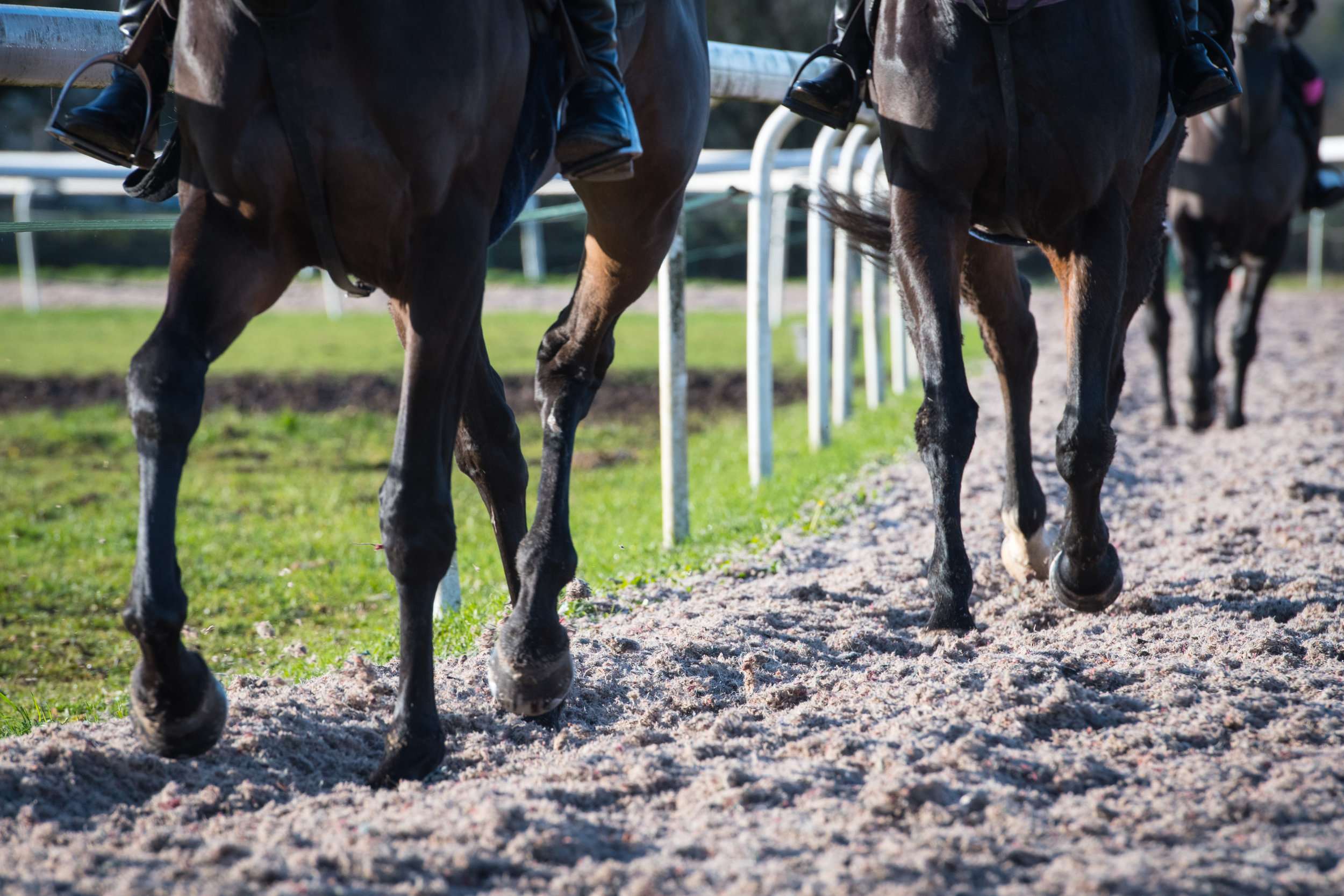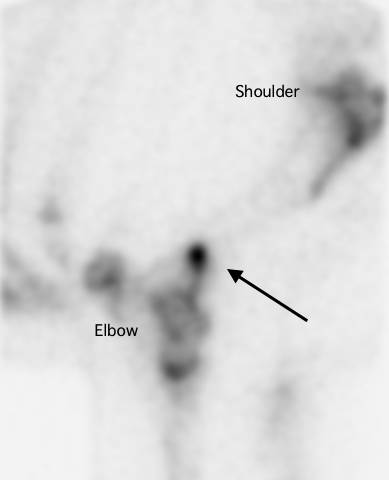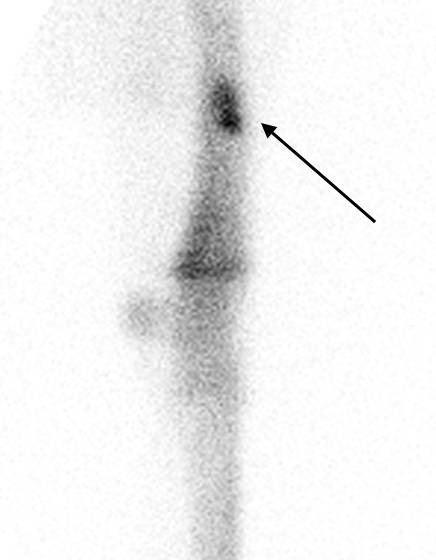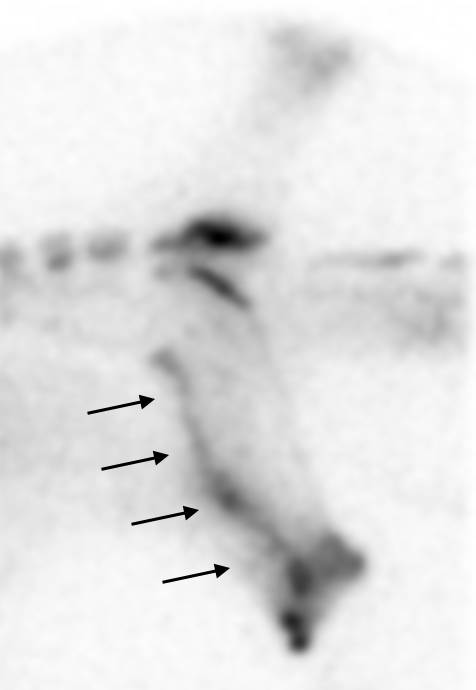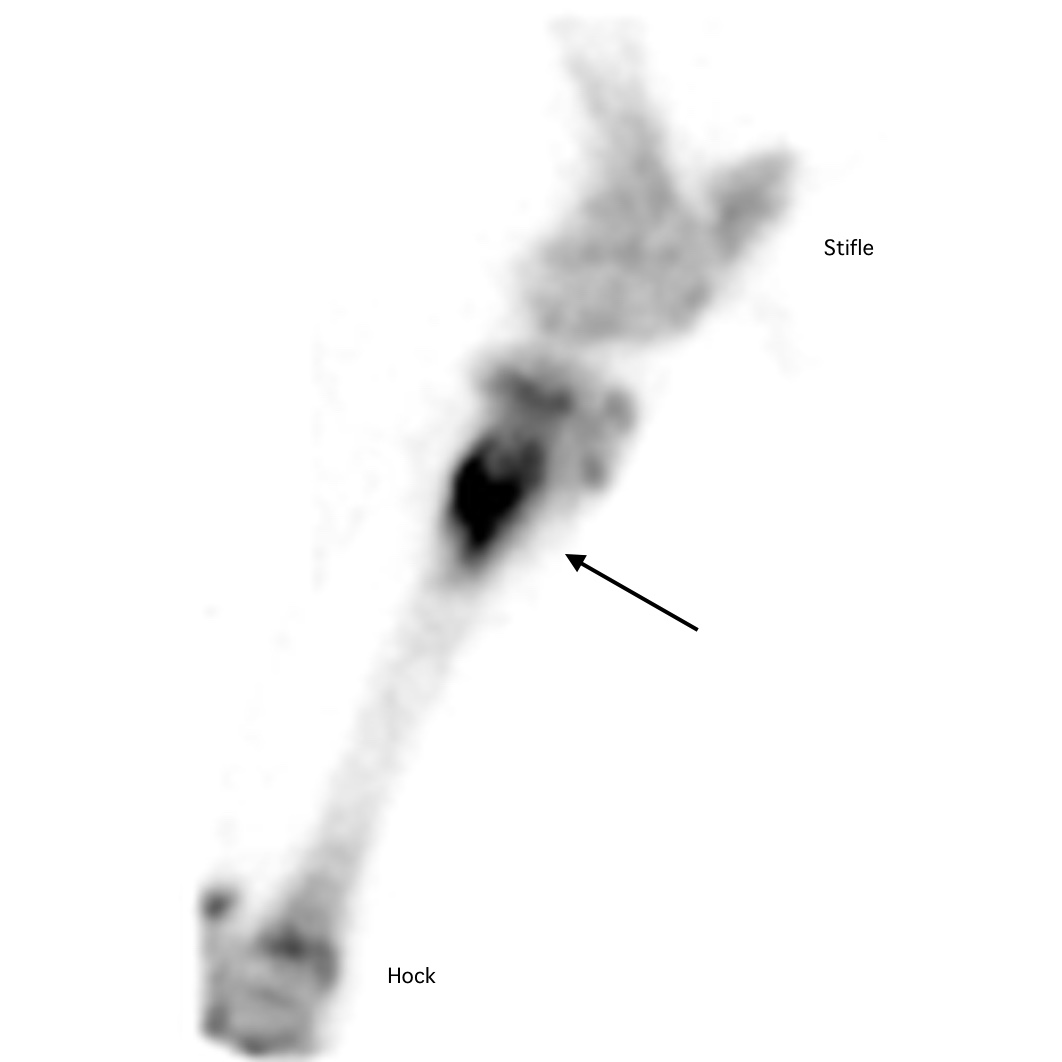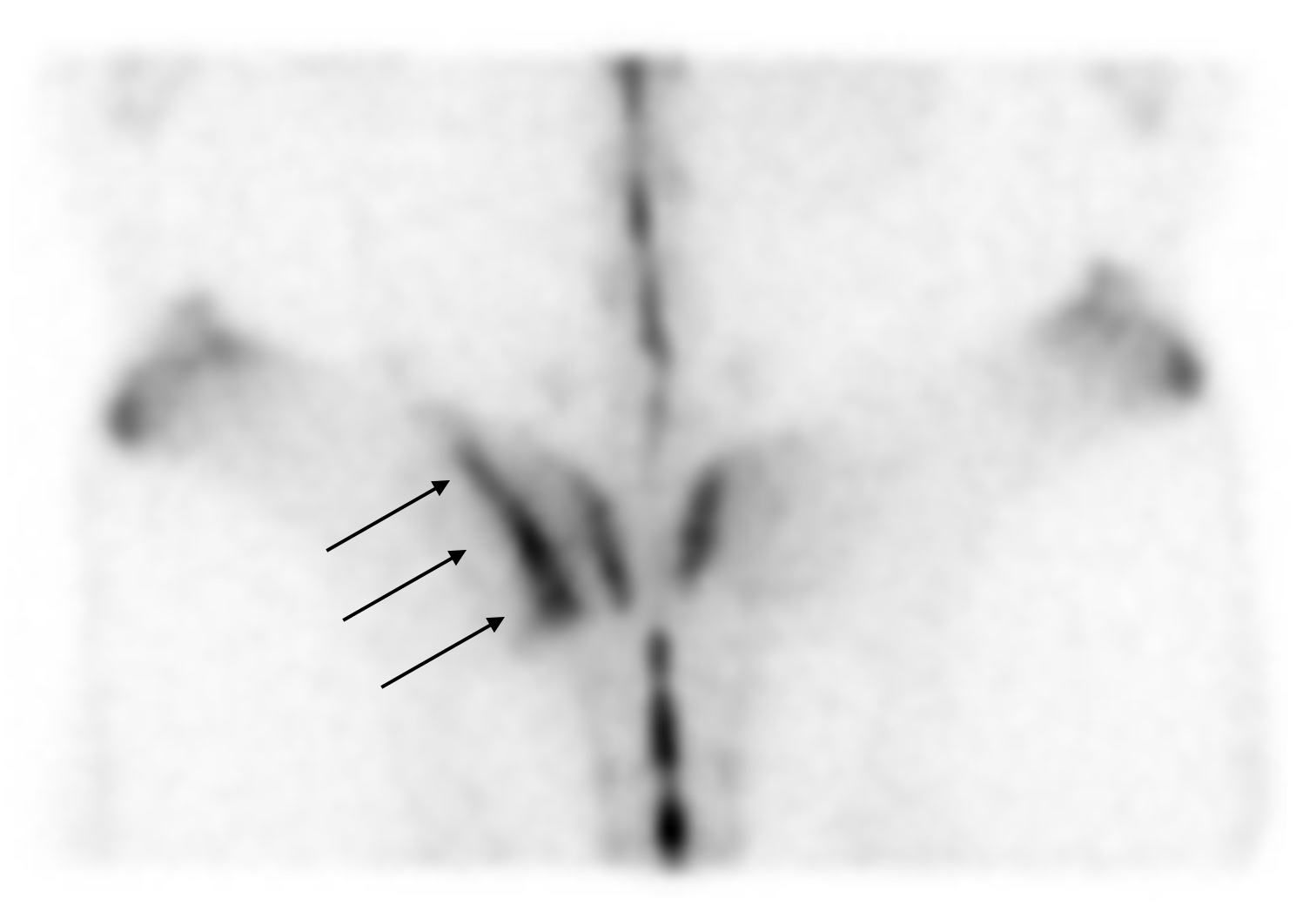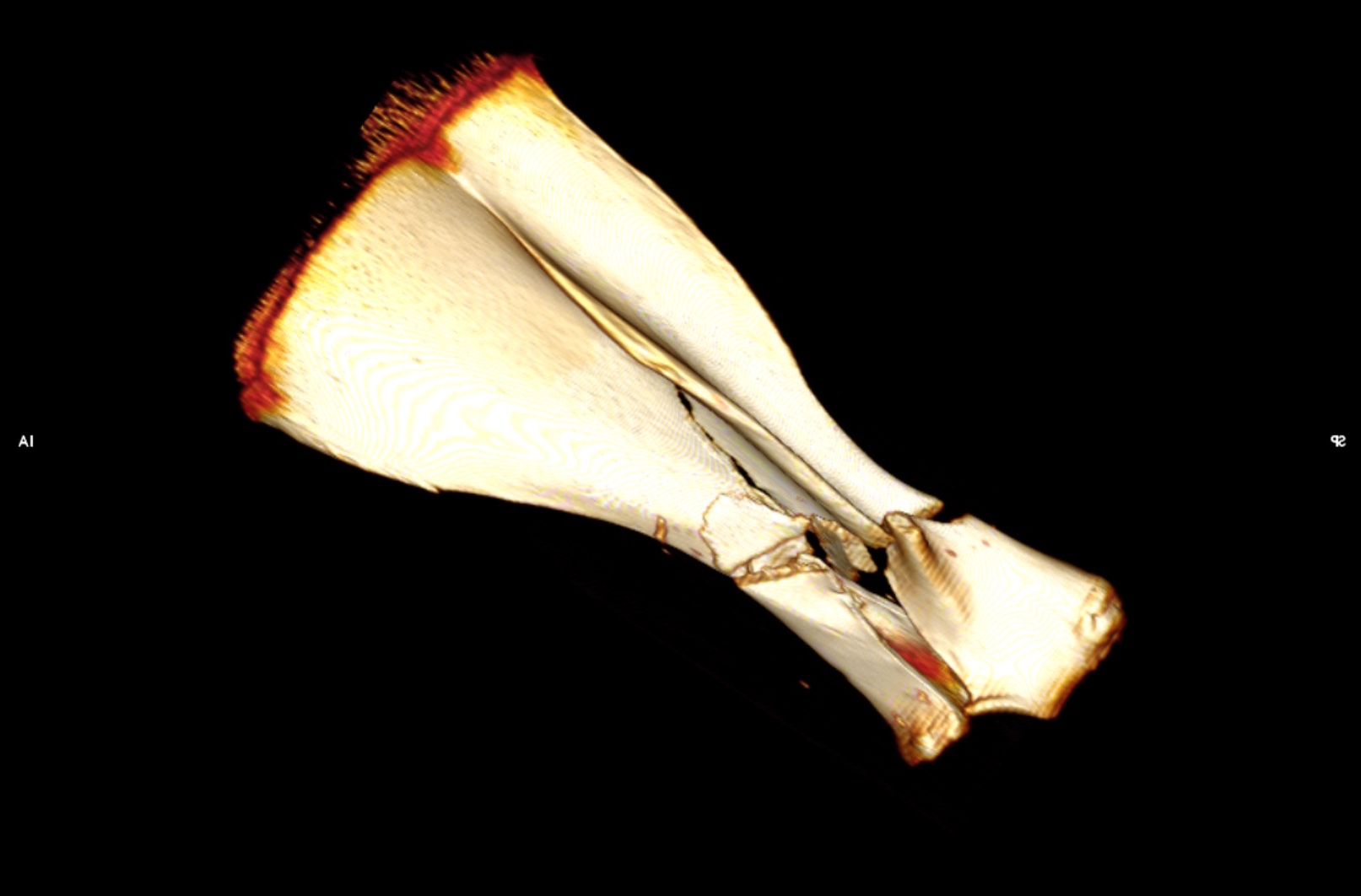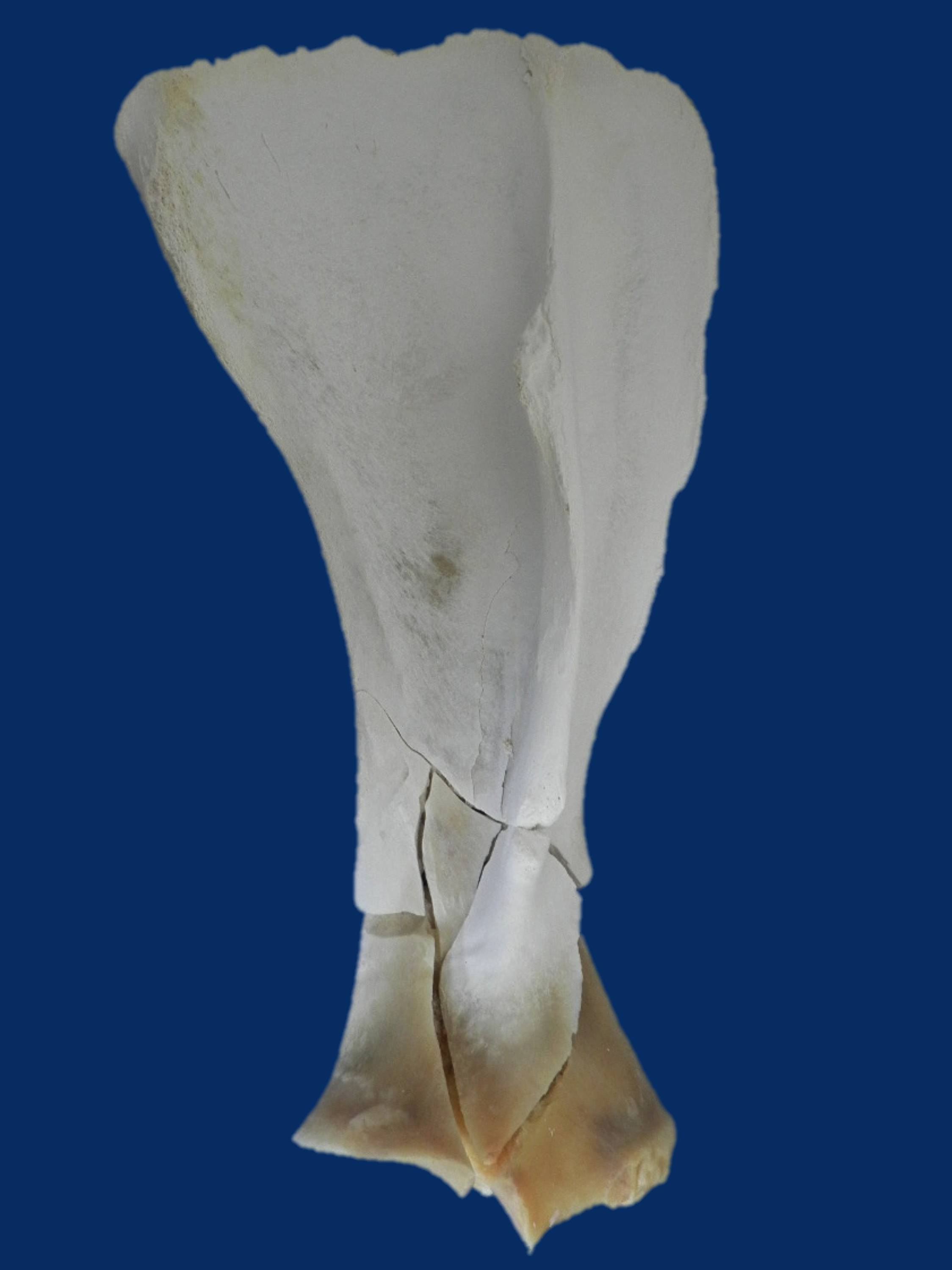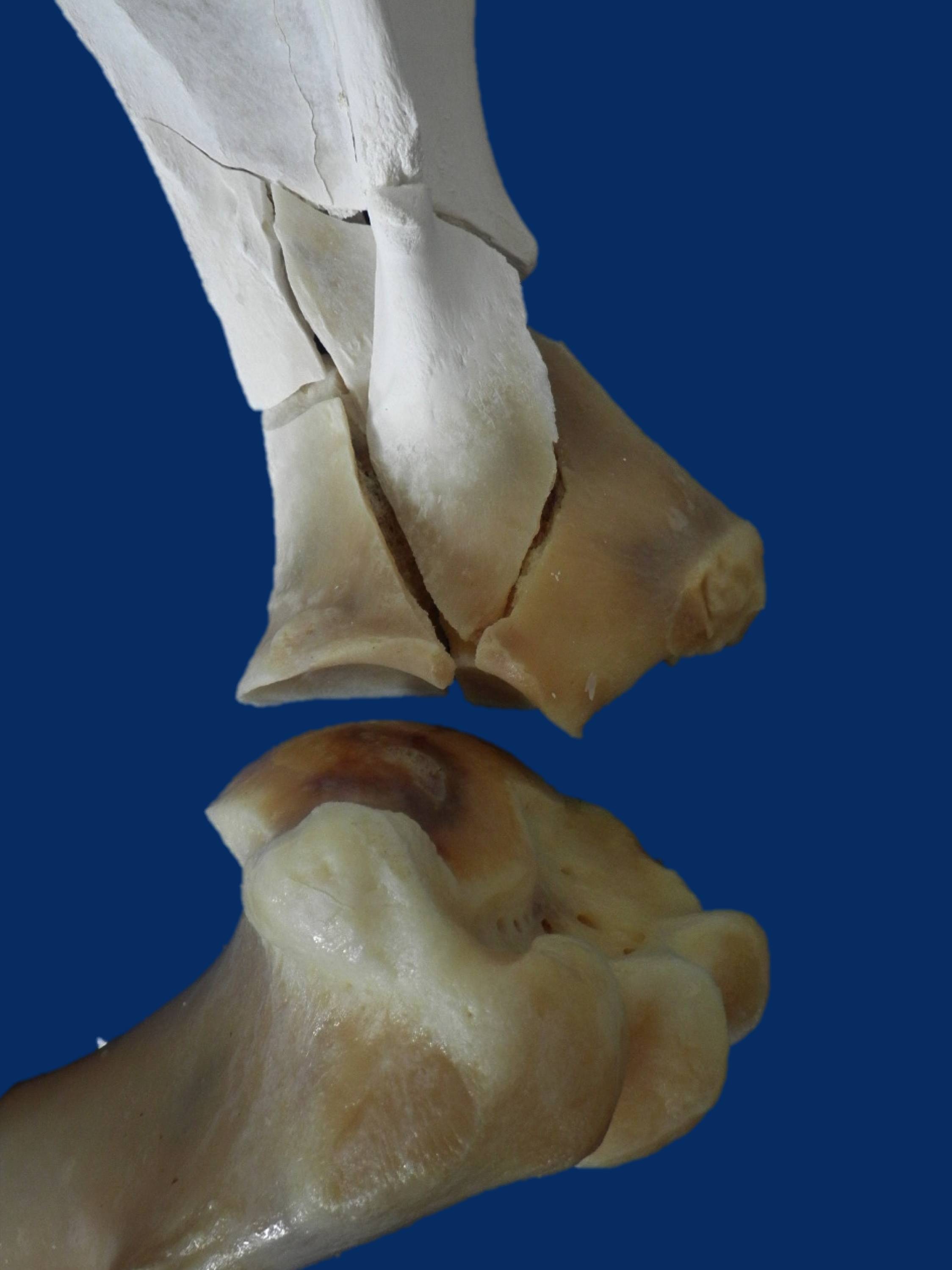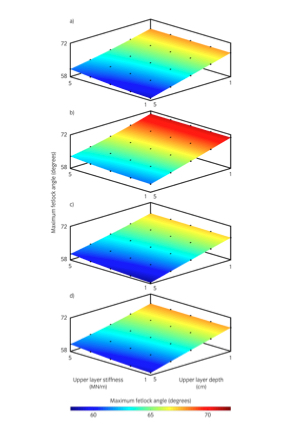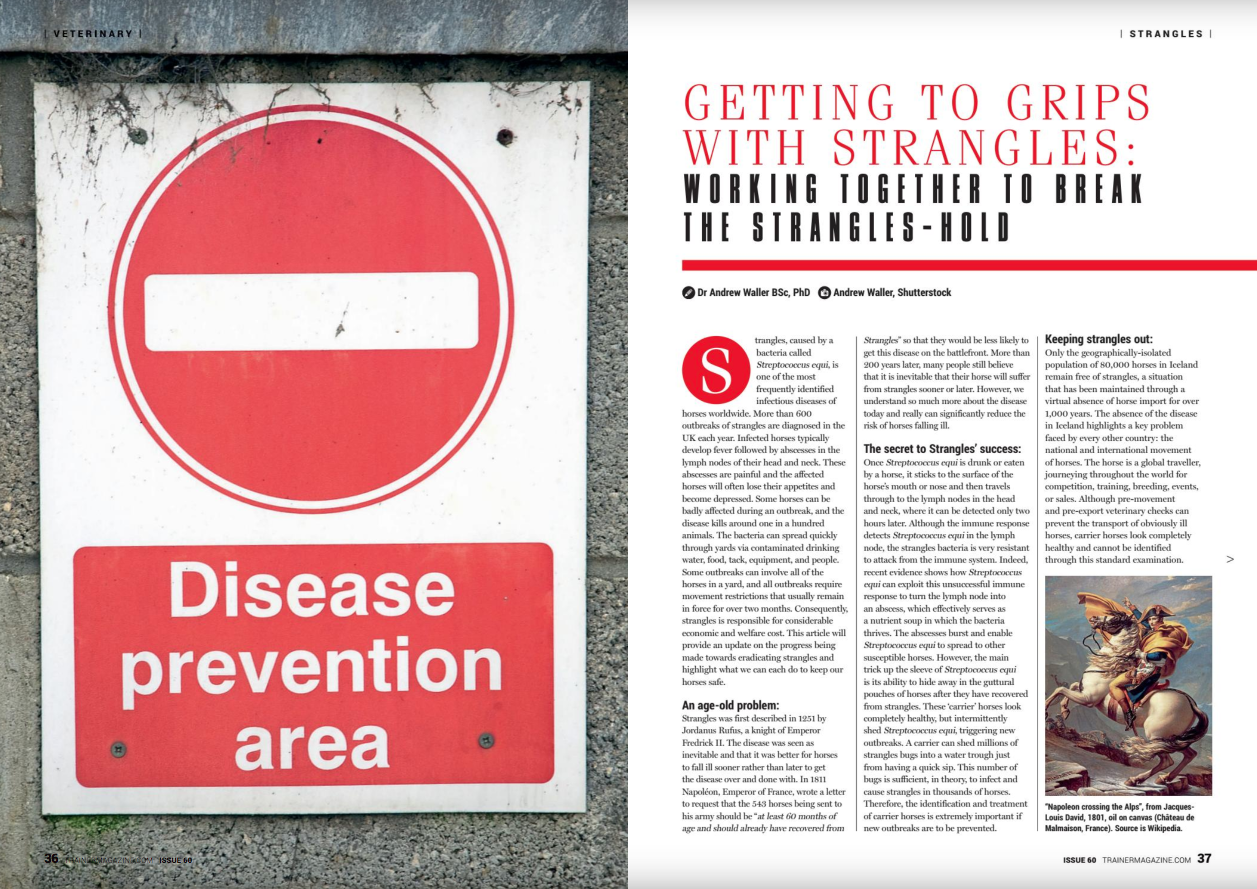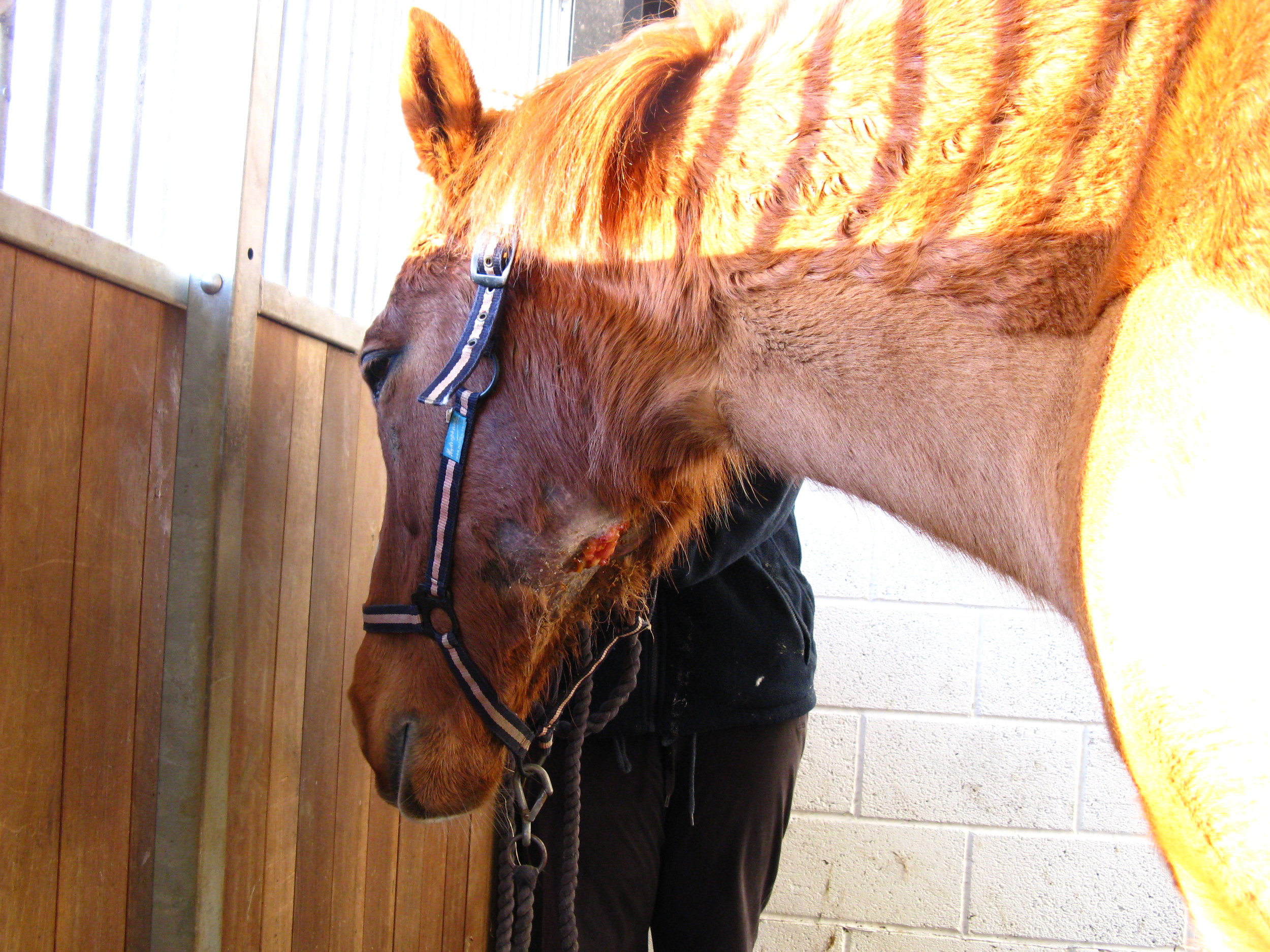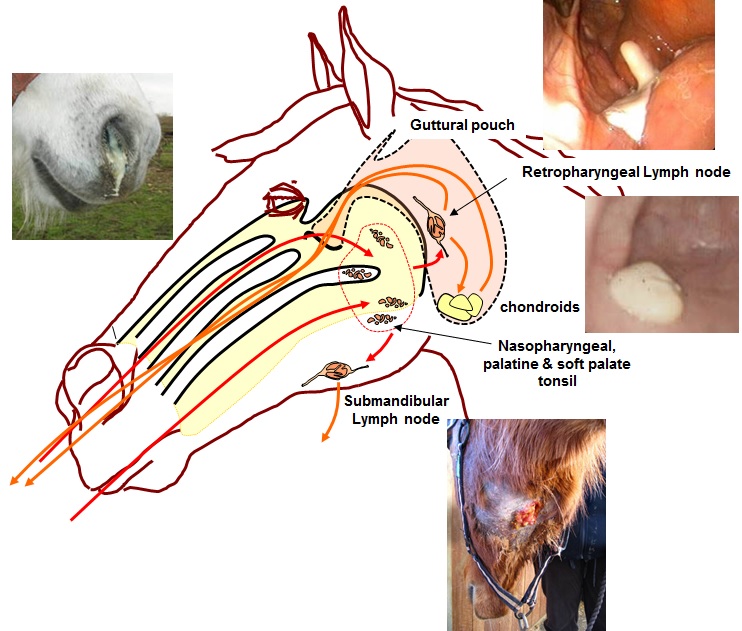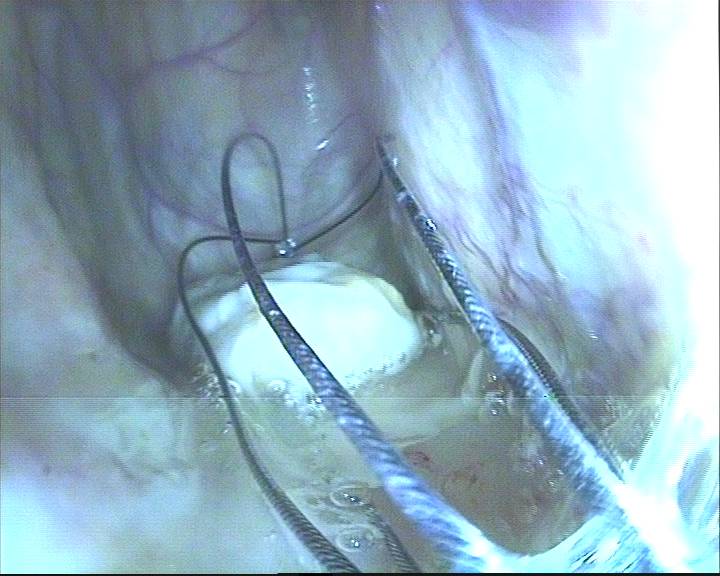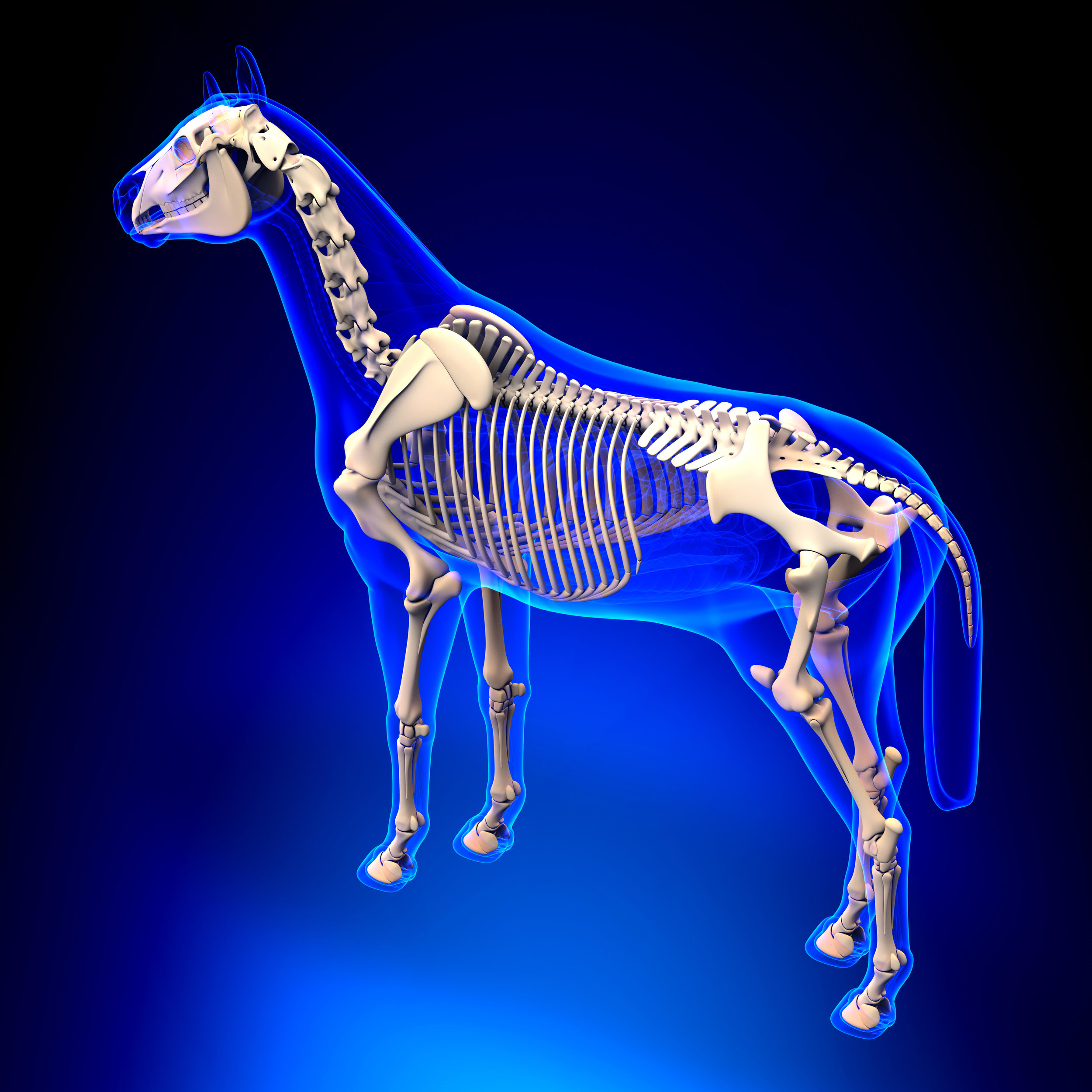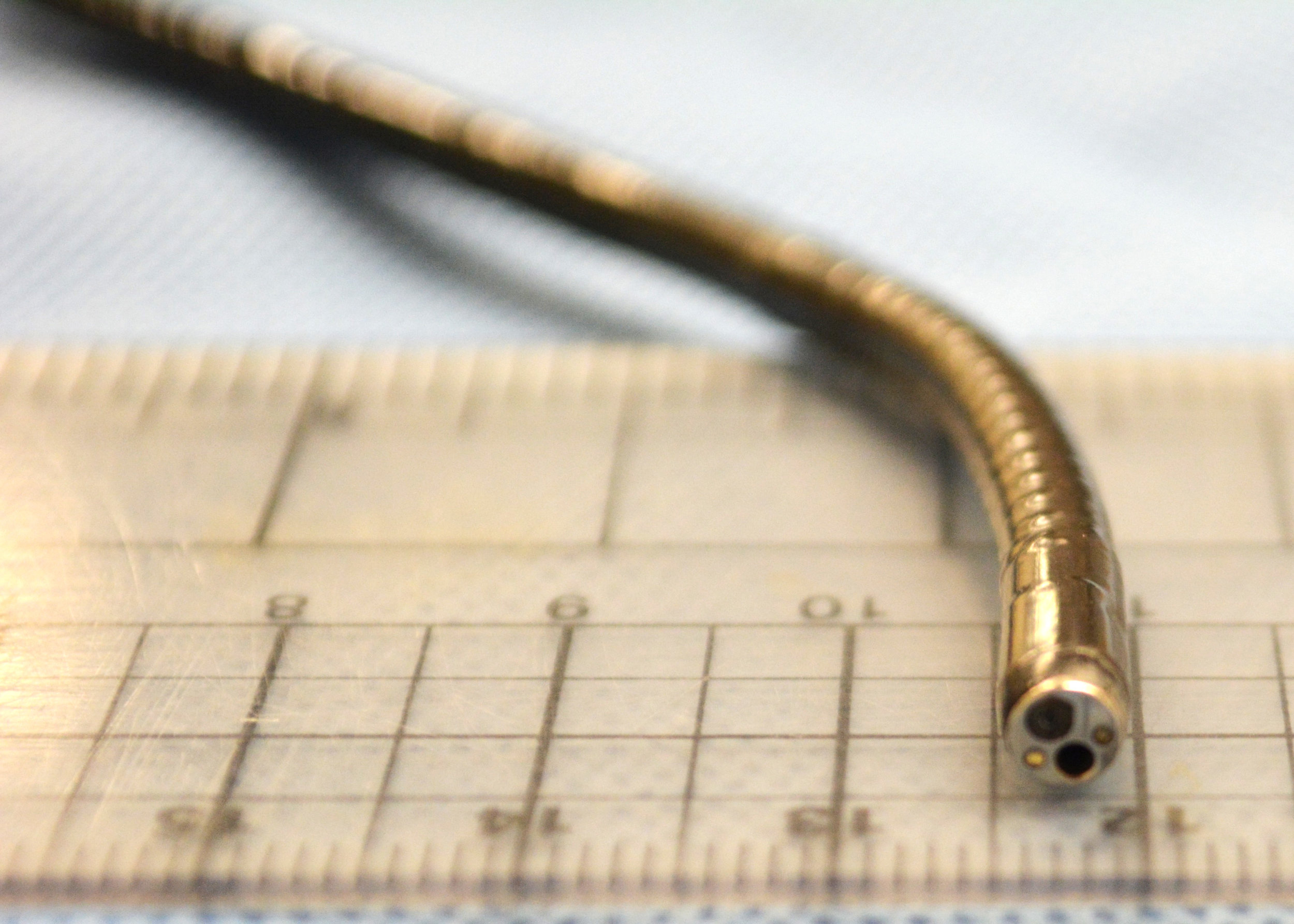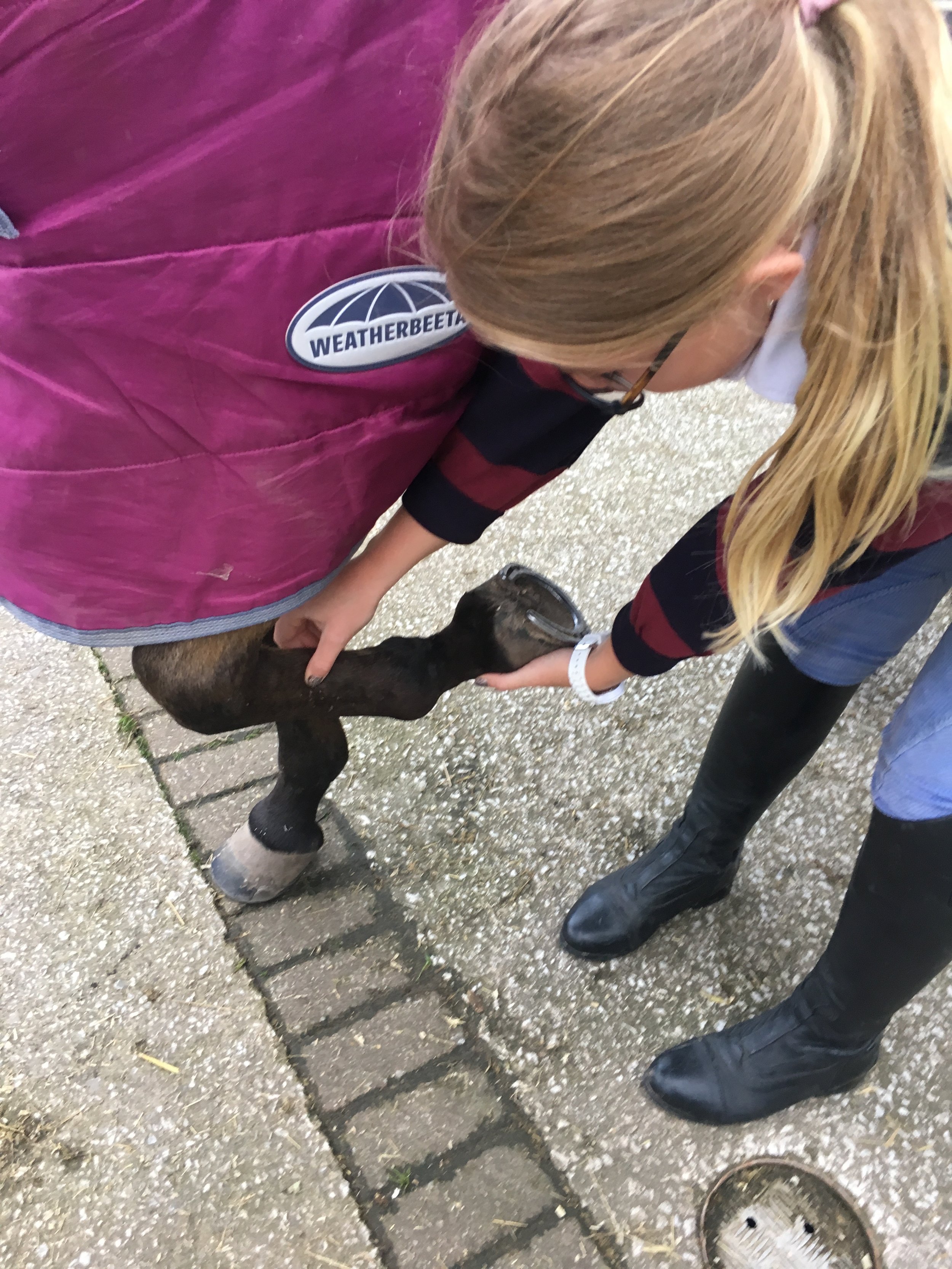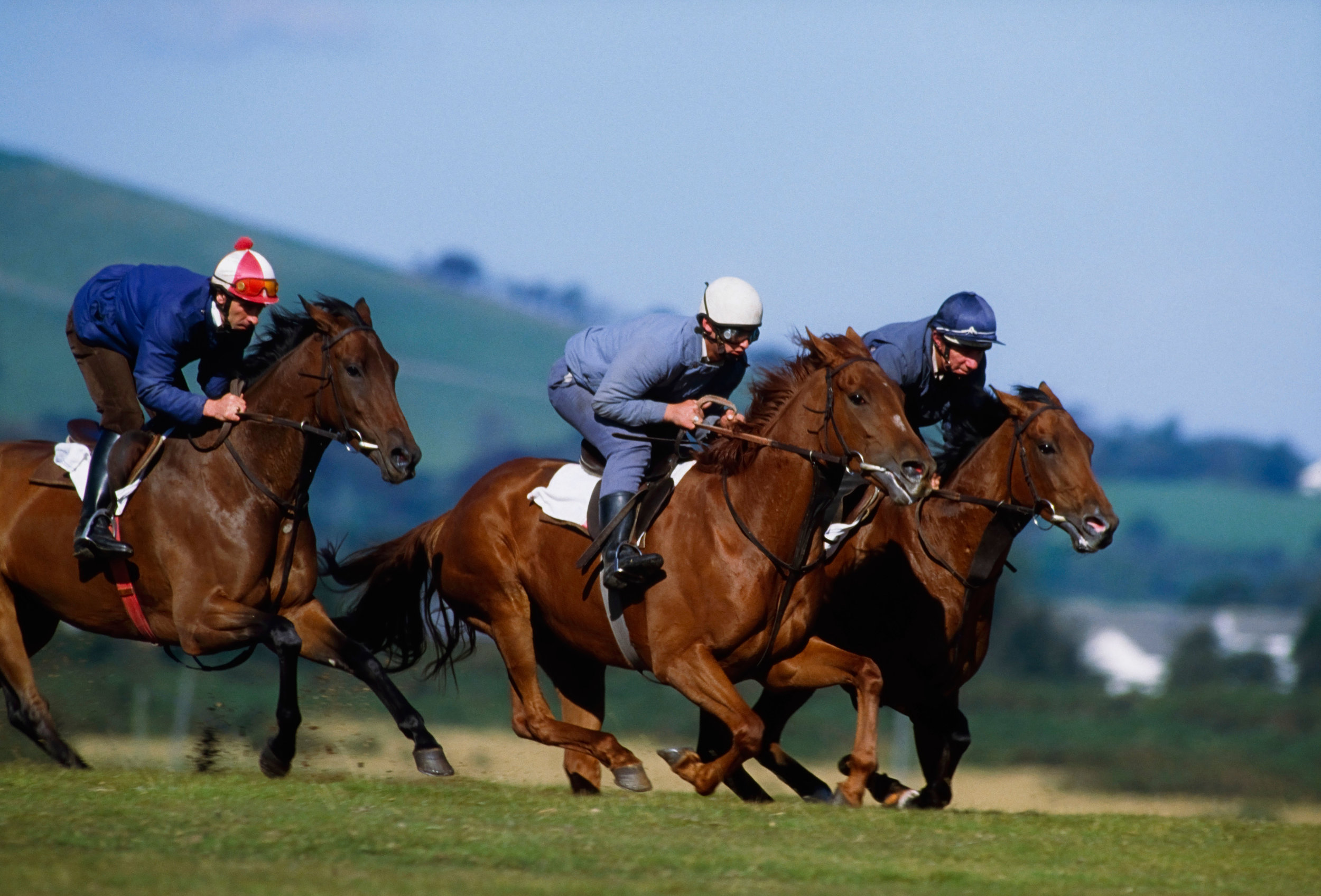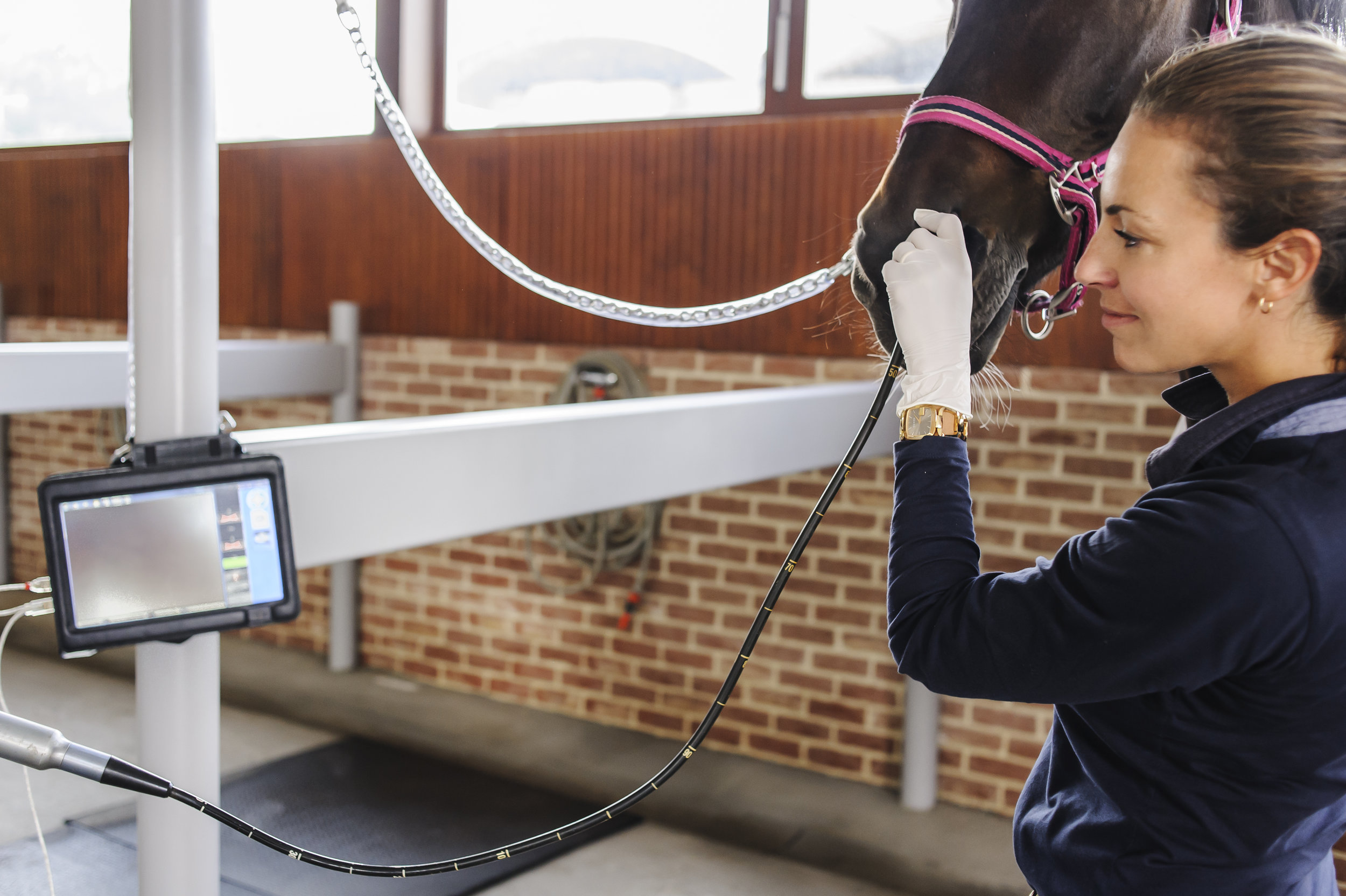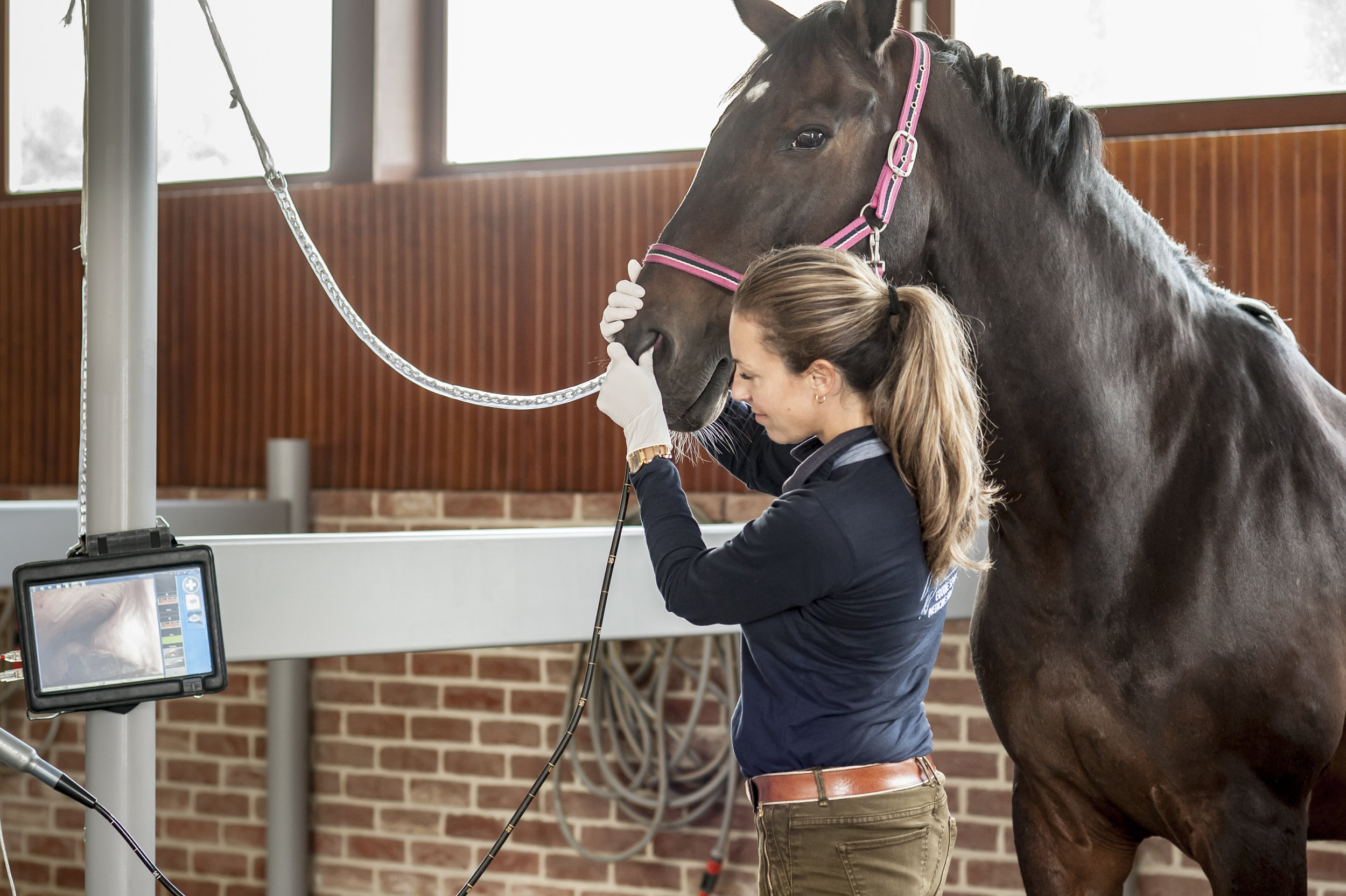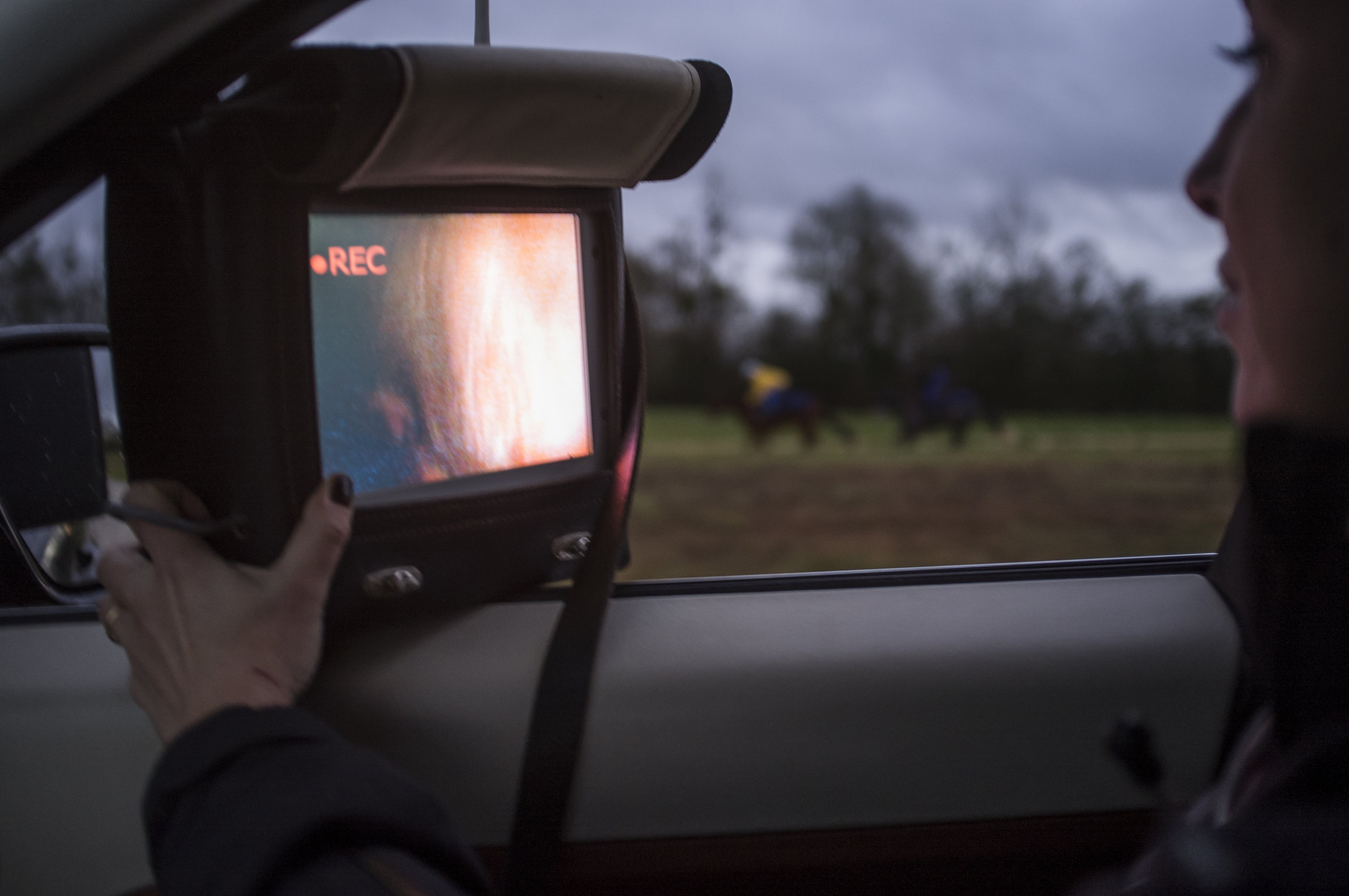Combating contamination in the racing yard
/By Melissa Volpi
There is so much more to the Clean Sport initiative than the FEI Prohibited Substances List. Building relationships with local feed suppliers and developing a code of practice with staff will ensure your racehorse has a clean and clear system.
Horseracing is an inclusive sport. It was this ‘spirit of the sport’ that the FEI (Federation Equestre Internationale) wanted to preserve when it formed the Clean Sport commission on the 9th October 2009 in Copenhagen, Denmark.
But what is ‘Clean Sport’ and why is it necessary? According to the FEI, Clean Sport is about being honest and being true. It’s about having integrity and not letting our lust for winning cloud our judgement and respect for rules and laws. It’s about aiming for success, but accepting failure if it cannot be won fairly. The FEI believe that doping is contrary to the spirit of the sport and it has put together an initiative to ensure the end of positive drug testing for horses and their human athletes. Clean Sport is about being aware of prohibited substances, to include banned substances and controlled medication. It’s about being vigilant in feed management, medication management and stable management.
“In terms of applying the clean sport principles to racing yards, trainers need to be vigilant as it is so easy for prohibited substances to sneak in,” says Kate Hore, senior nutritionist at NAF (Natural Animal Feeds). “An obvious example may be an owner or staff member having a cup of coffee (source of caffeine) and a chocolate bar (source of theobromine) in the feed room, which then creates a potential risk of contamination and then for a positive drug test. The best advice is to avoid eating or drinking in the feed room or stable.”
The British Equestrian Trade Association (BETA) set up a Naturally Occurring Prohibited Substances (NOPS) scheme in 2009 that identifies the main NOPS and their sources, as well as providing a list of approved feed suppliers (companies that have signed up to be audited under the schemes new codes). “The BETA NOPS scheme is the only one of its kind and has cooperation from all corners of the world,” says Hore. “Contamination by NOPS is easier than people think, morphine being a good example. White poppies are grown commercially to produce morphine and the poppy seeds can be blown from one field to another, into a field of oats for example, which could then create a contamination issue further down the processing chain.”


